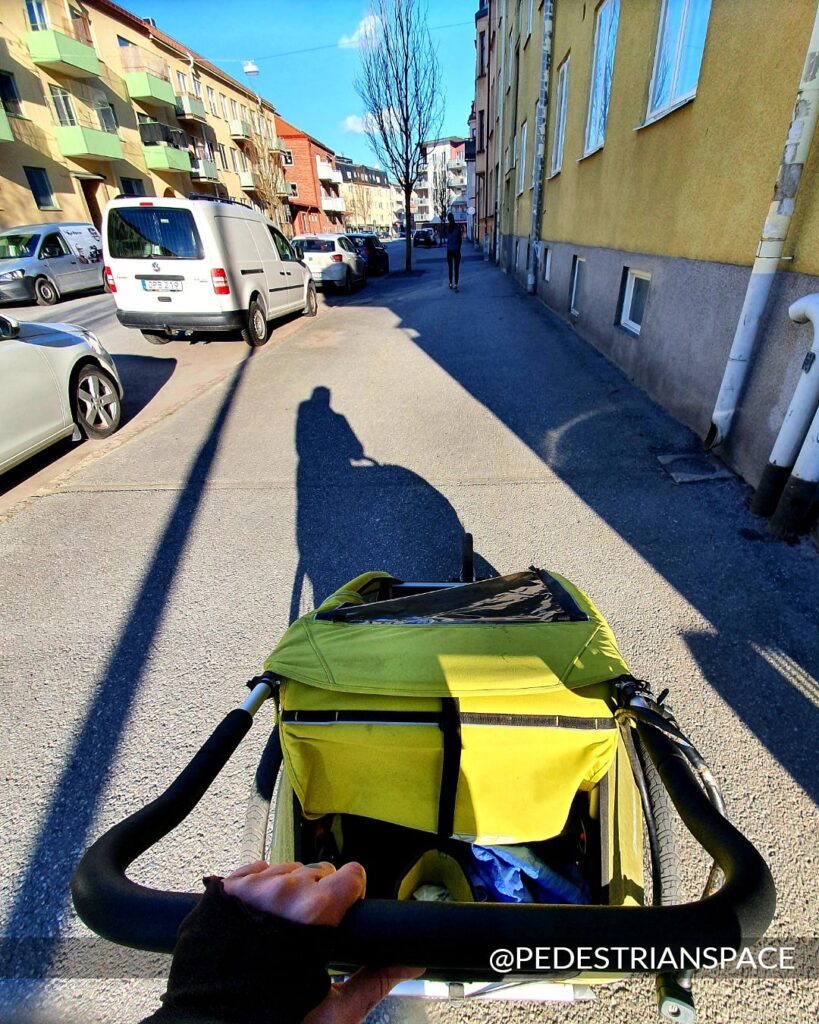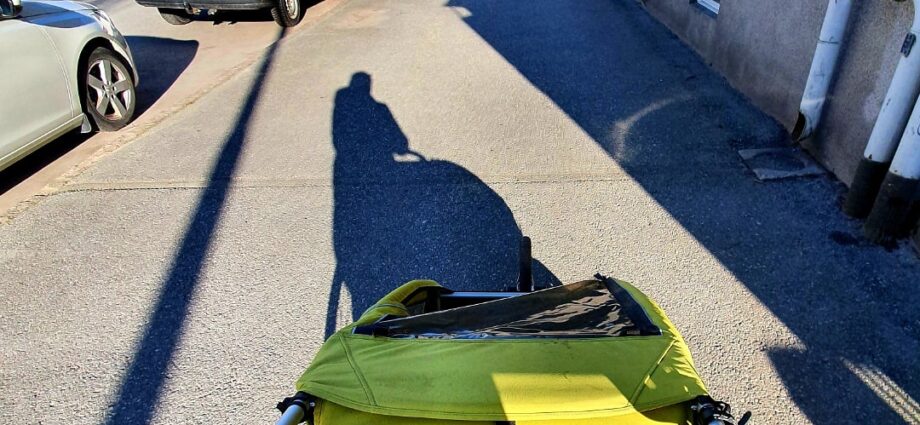Here at Pedestrian Space, we currently live in the middle of a city, haven’t used a car for years and do all of our errands, appointments, leisure, commutes to school and work on foot and via public transportation.
However, it wasn’t always that way.
We have many experiences and memories of living in other places where we relied on the car for nearly all movement.
We have memories of living in rural areas where walking around to do errands was convenient due to small village life but also memories of living in rural and suburban areas where it was neither safe nor convenient to walk hardly anywhere in the constellation of our weekly activities.
We have memories of living in urban peripheries with multiple, well connected public transport options where, for many, the apparent convenience of personal car use trumped alternate modes of mobility.
We have memories of living in suburbs with great pedestrian infrastructure but minimal local walking culture and high car dependency.
We have lived in places where public transit use was equitable, efficient and used by people of all ages and from all over the city and we have also lived in places where walkability and public transit appeared to be a sad footnote amidst a car-centric city layout as well as mobility culture.
Mobility choices are naturally often a result of issues of practicality, safety and convenience but also the psychology of movement and habit.
So we greatly value thought and discussion on influencing the psychology of choice and the nitty-gritty details of changing our habits.
More to come on this theme always as it is at the heart of the mission and spirit of Pedestrian Space.


